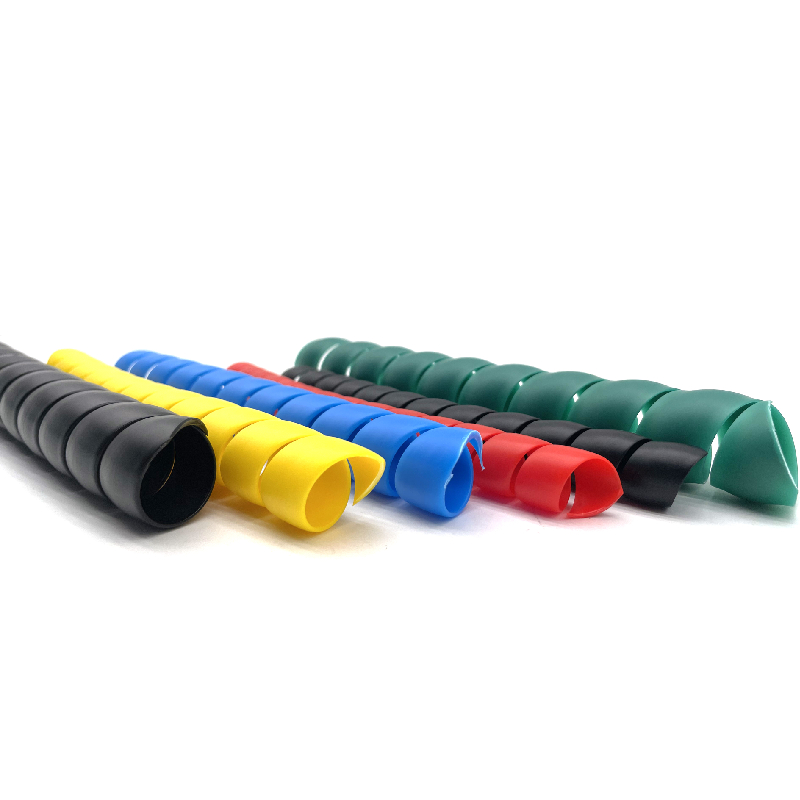using a sewer jetter
Using a Sewer Jetter A Comprehensive Guide
Sewer blockages can be a homeowner’s nightmare. Clogs can lead to unpleasant odors, slow drains, and even flooding, creating a host of problems that need immediate attention. One of the most effective tools to tackle stubborn blockages is a sewer jetter. This powerful device uses high-pressure water jets to clear away debris, roots, grease, and other materials that can accumulate in pipes. In this article, we will explore the benefits of using a sewer jetter and provide a step-by-step guide on how to use one safely and effectively.
What is a Sewer Jetter?
A sewer jetter is a machine equipped with a high-pressure hose that shoots water at pressures ranging from 1,500 to 4,000 psi. This powerful force breaks up clogs and flushes out the residues that conventional methods, such as plungers or snakes, may not adequately address. Sewer jetters are suitable for various pipe sizes, making them versatile solutions for commercial and residential properties alike.
Benefits of Using a Sewer Jetter
1. Effective Cleaning Unlike other clearing methods, sewer jetters clean pipe walls thoroughly, removing buildup that could lead to future clogs.
2. Environmentally Friendly Sewer jetting utilizes water and does not rely on harsh chemicals, making it a safer choice for both your plumbing and the environment.
3. Versatility Jetters can navigate through different pipe sizes and configurations, allowing them to reach challenging blockages without damaging the plumbing system.
4. Cost-Effective Maintaining your sewer system with regular jetting can help prevent costly repairs associated with severe blockages and damage.
using a sewer jetter

How to Use a Sewer Jetter
1. Safety First Always wear protective gear, including gloves and goggles, when operating a sewer jetter.
2. Prepare the Area Clear the area around the cleanout point where you will insert the jetter hose.
3. Position the Jetter Connect the high-pressure hose to the jetter machine and position it at the cleanout.
4. Start Jetting Turn on the sewer jetter. Gradually feed the hose into the pipe, allowing the high-pressure jets to cut through blockages as it moves along.
5. Monitor Progress Pay attention to any changes in water flow to gauge the effectiveness of the jetting.
6. Completion Once the blockage is cleared, retract the hose and run some water through the system to test the flow.
Conclusion
Using a sewer jetter can save time and money by efficiently clearing clogs and preventing future issues. By following safety precautions and employing the proper techniques, homeowners can tackle drainage problems effectively, ensuring a smoothly running plumbing system. Regular maintenance with a sewer jetter is a wise investment for any property owner.
-
Ultimate Spiral Protection for Hoses & CablesNewsJun.26,2025
-
The Ultimate Quick-Connect Solutions for Every NeedNewsJun.26,2025
-
SAE J1401 Brake Hose: Reliable Choice for Safe BrakingNewsJun.26,2025
-
Reliable J2064 A/C Hoses for Real-World Cooling NeedsNewsJun.26,2025
-
Heavy-Duty Sewer Jetting Hoses Built to LastNewsJun.26,2025
-
Fix Power Steering Tube Leaks Fast – Durable & Affordable SolutionNewsJun.26,2025

